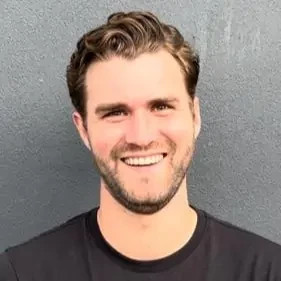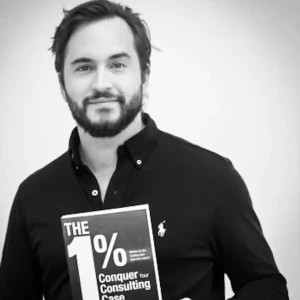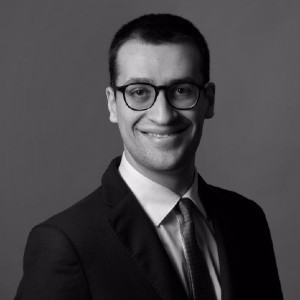I have some tools at hand for thinking about non-standard questions. One of it is to build a structure along a value/process chain and separate an issue in individual subbranches.
Some questions are very open, however. I heard about one question recently which was something like:
“What is the impact on city X for hosting large sport event Y?”
Process structure does not work here.
Only thing that came to my mind is to find buckets based on stakeholders affected (e.g. city, people, firms, environment)
What is your input based on that?















